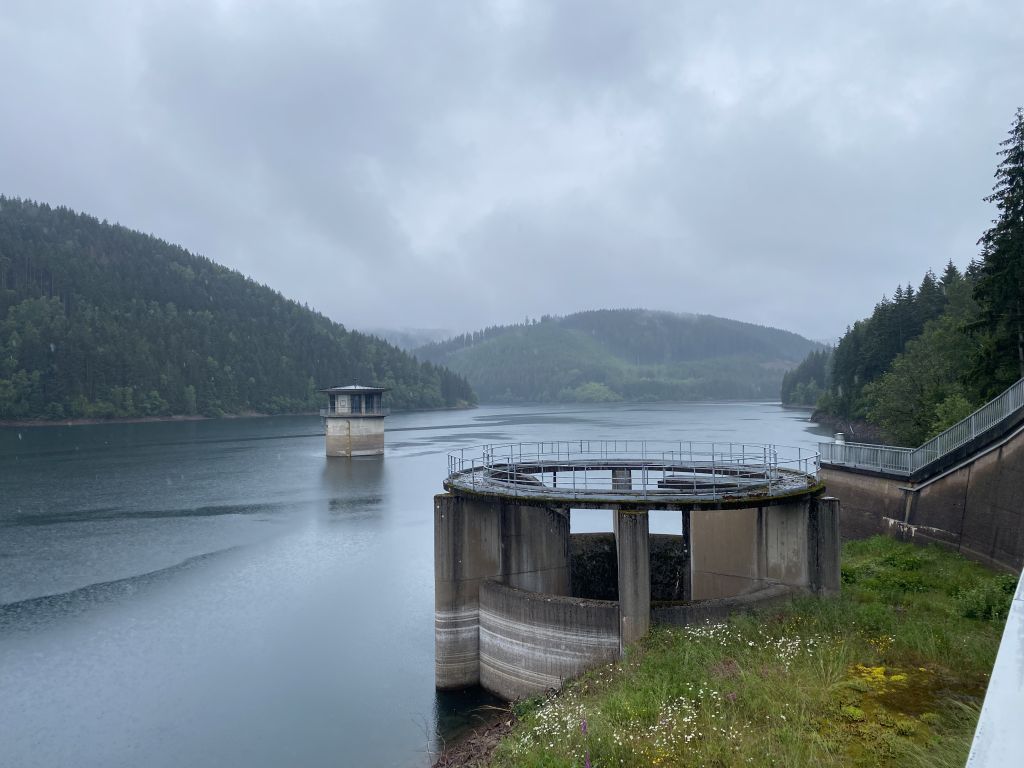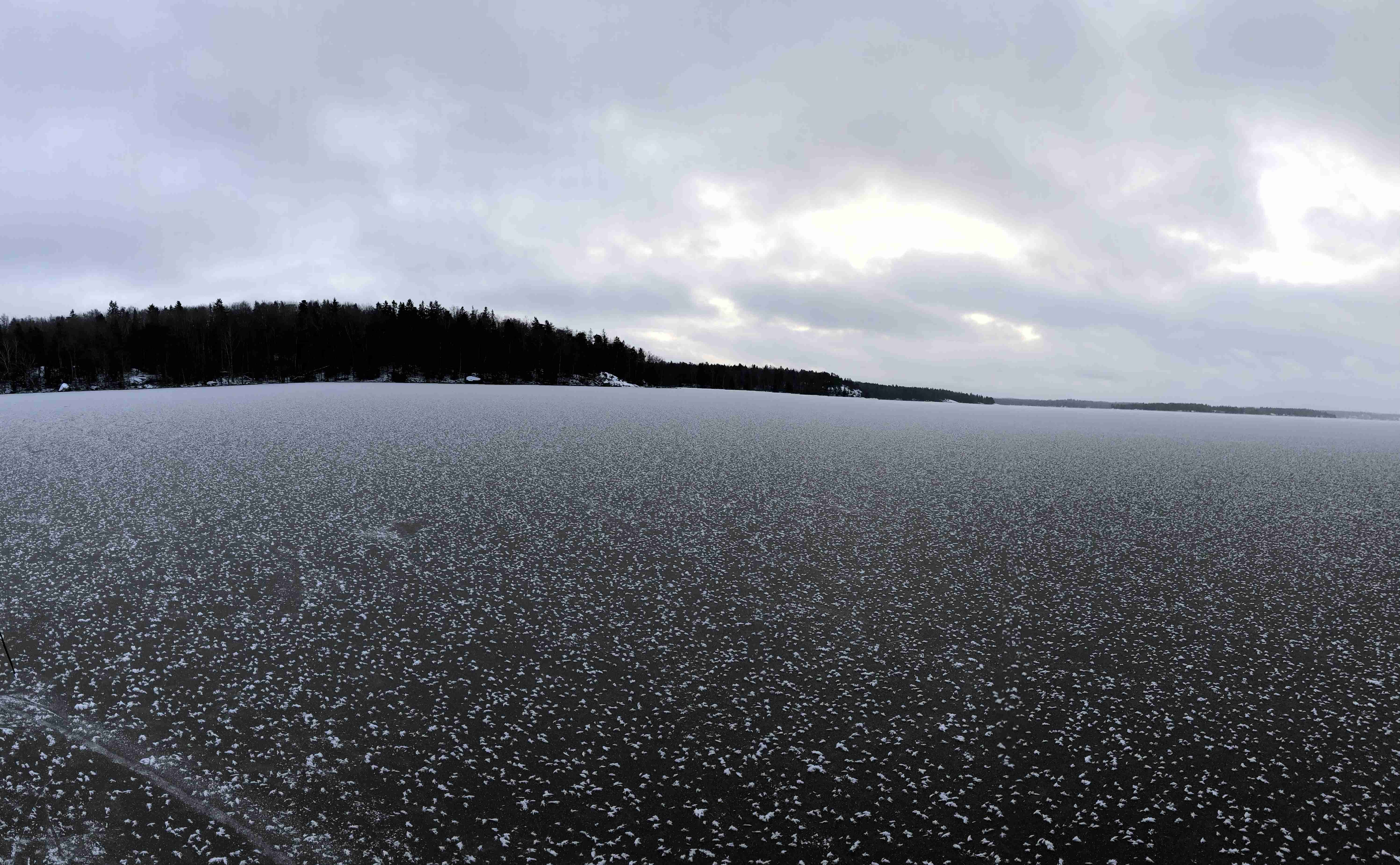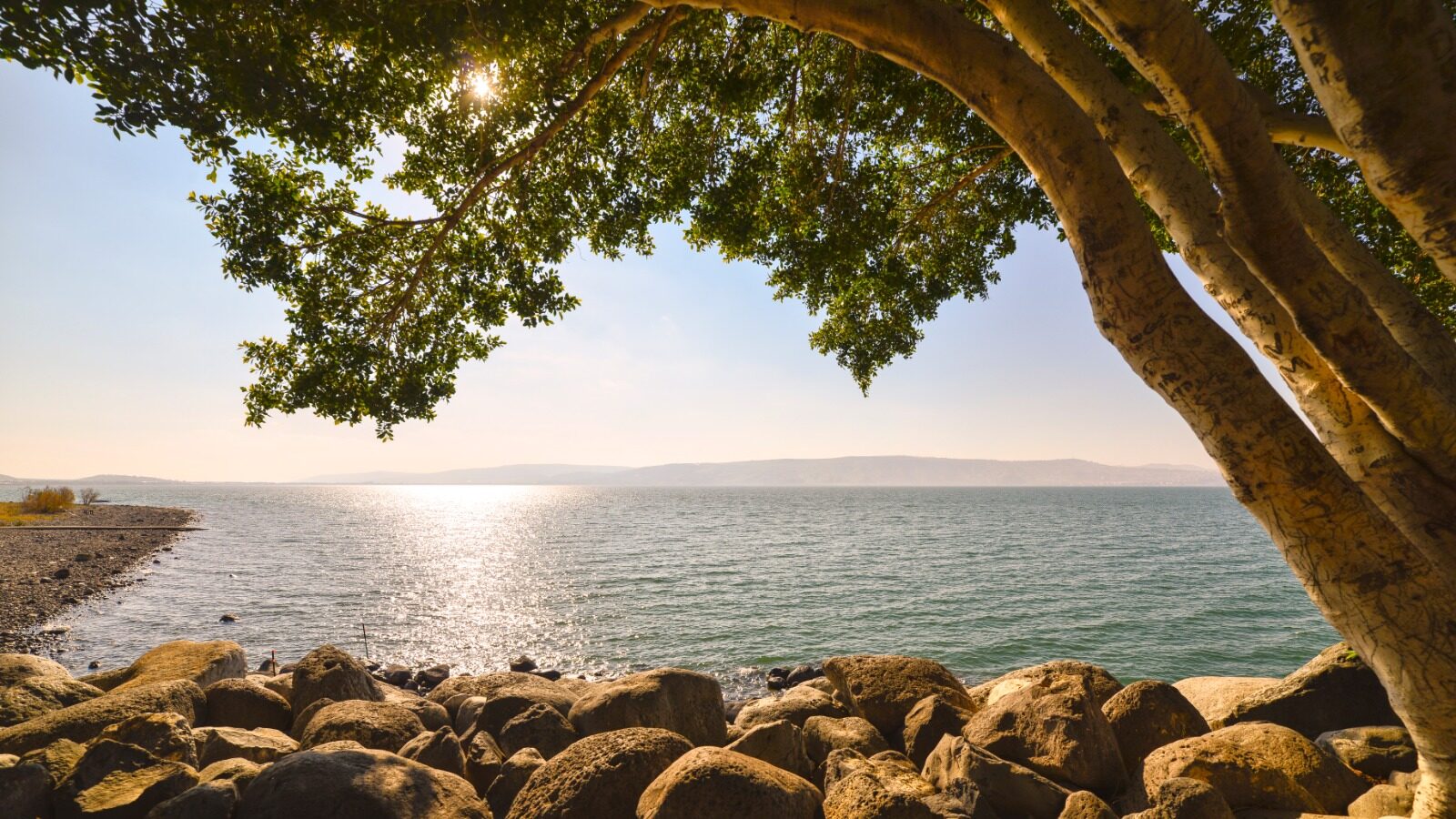Ohra Reservoir Germany

| Surface Area | 0.82 km2 |
| Residence Time | ~ 1 yr |
| Population Served | ~ 700 000 |
Lake Mälaren Sweden
Lake Mälaren is a complex lake, that provides ecosystem services to Sweden’s most populous region. These include access to bathing water, fishing grounds, and the raw water input that provides drinking water to over two million people. Major changes in water quality that affect the color of water, organic matter content or temperature may potentially have a large negative impact on the lake and the provisioning of ecosystem services. By working on Mälaren our results will be relevant to a large portion of Sweden’s population, and in the process of carrying out this project we will develop an openly available modeling system for Lake Mälaren. Presently there is no such modeling system that can be used to evaluate ongoing and short- and long-term changes to the entire lake that includes biogeochemical processes. This project will therefore be a significant contribution towards a better understanding and planning of the lake’s ecosystem services that will have importance for Sweden’s economy.


Ice covered Lake Mälaren. Photo Hampus Markensten
| Surface Area | 1140 km2 |
| Residence Time | 2.2 yr |
| Population Served | ~ 2 000 000 |
Lake Kinneret Israel
Lake Kinneret (Sea of Galilee), the only surface freshwater lake in Israel, is a vital water source in a region facing growing freshwater shortages. For decades, it has supplied water to Israel and, to a lesser extent, to the Hashemite Kingdom of Jordan through extensive pumping and distribution networks. In addition to water supply for drinking and irrigation, the ecosystem services provided by the lake are commercial and recreational fisheries, sites for recreation, and cultural and religious sites.
Situated in a highly climate-sensitive zone between arid and subtropical climatic belts, Lake Kinneret and its watershed are increasingly affected by rising temperatures, declining annual precipitation, and prolonged droughts. These environmental shifts threaten both water availability and quality, with biogeochemical processes in the lake further influencing freshwater resources.
To enhance water security and regional stability, rapid implementation of model-driven freshwater management strategies is essential. The MEWS project aims to address this challenge by developing open-source, publicly available tools to support the Israel Water Authority. This initiative focuses on managing hydro-climatic events that impact both the lake and its watershed, affecting surface drinking water supplies.
The project’s innovative basin-wide modelling system integrates watershed and lake models to assess and mitigate the effects of drought. By analysing not only how drought years affect water inflow into the reservoir but also how water quality evolves during transport through the lake, MEWS fills a critical knowledge gap. Understanding these seasonal transformations will help ensure sustainable freshwater management for the future.

| Surface Area | 166 km2 |
| Residence Time | 4.8 yr |
| Population Served | ~ 1 900 00 + contributions to Jordan |
